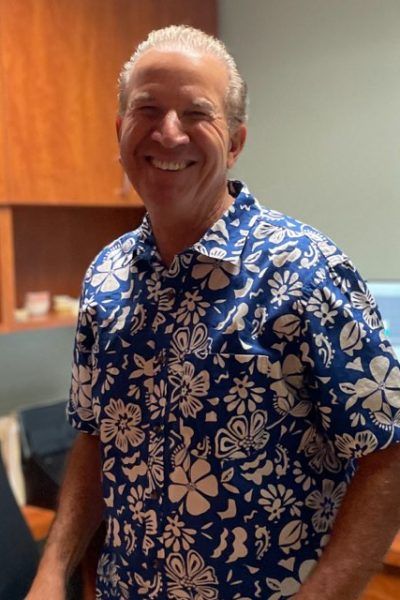Recent innovations in dental technology have elevated a familiar material into a potential way of reinventing oral health medicine. This material is glass ionomers, commonly used in a broad range of pediatric restorative dentistry. In spite of their primary use being in this field, glass ionomers are a versatile material that is beginning to get the appreciation it deserves. As we move into a new decade, glass ionomers are finally beginning to move out of pediatric care and into the greater world of dental care. Keep reading to learn more about their origins and why they’ve finally broken out.
An Exploration Of The History of Glass Ionomers
Glass ionomers evolved out of the need for a versatile and effective material for restoring teeth. In the 1950s, there were few options available for dentists, being limited to silicate cement and dental amalgams. What became evident during this time is that there was a need for adhesives capable of bonding to the natural dental structure. The first success in this new area of research happened in 1955 due to an invention by Dr. Michael Buonocore.
While the acid-etching enamel he created opened new doors for dental work, it wouldn’t be until 1969 that glass ionomers would be discovered by Alan Wilson and Brian Kent in the UK. It was at this time that the combination of polyacrylic acid and silicate glass powder that is the modern glass ionomer was first introduced to the world. It had the ability to bond with dental structure and serve as a material that could aid in the restoration of damaged teeth. Even better, it was possible to infuse this material with fluoride, making it capable of protecting the remaining teeth and strengthening enamel.
The future would hold more innovations for glass ionomers, but the foundational principles remained the same. The most important advancement to date would occur in the ’80s and ’90s, when the addition of certain resins made the material more reactive to curing lights, allowing speedy polymerization.
How Are Glass Ionomers Changing Restorative Dentistry Today?
Glass ionomers have the distinction of extreme versatility, meaning they can be used for a wide range of applications in dental care. This means that dentists are provided with a greater number of options when treating patients in all areas of dentistry, ranging from restorative to cosmetic. Patients who receive glass ionomer treatments also demonstrate less dental sensitivity following their care. This is due, to a degree, to the lower degree of shrinkage this material experiences after placement as compared to other materials. Less shrinkage means less risk of exposing the tooth’s internal structure. The hydrophilic nature of the ionomers also means that they are easier to apply and last longer in places where isolation can be a problem.
It’s clear that glass ionomers are likely to see a greater range of use in the years to come. Here at Dentistry of Miami, we’re focused on using the latest innovations and techniques to provide you with the best dental care. Call today, and our team in Miami, FL, will schedule you an appointment with Dr. Eduardo Solorzano or Dr. Randy L Furshman! We anticipate adding you to our dental care family!


